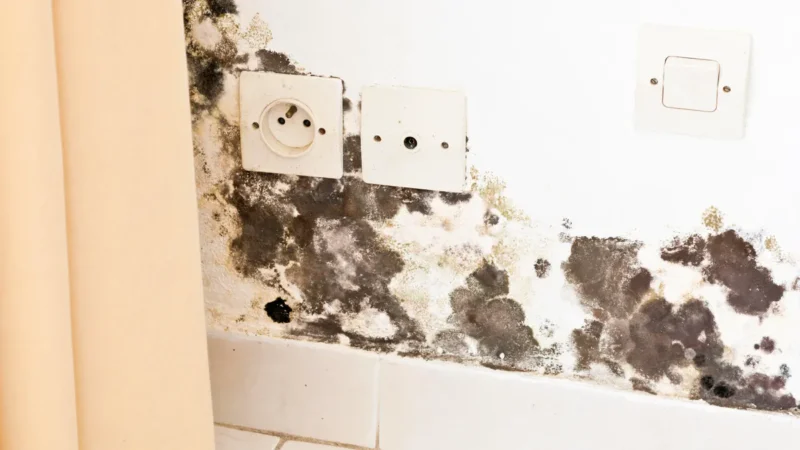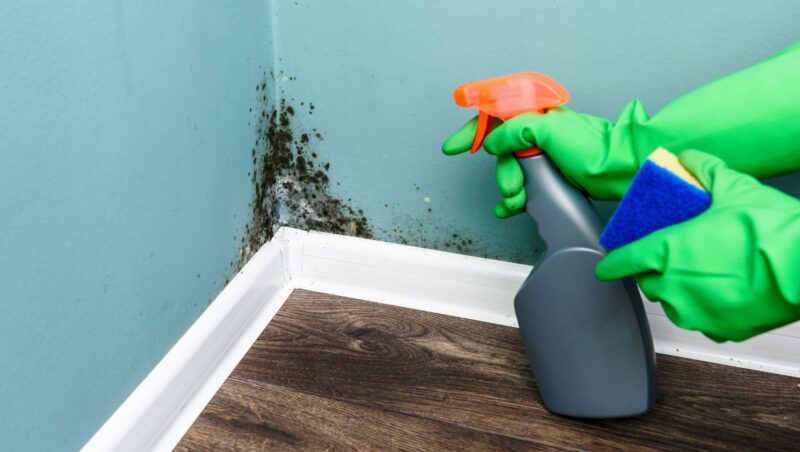Mold is a common issue that many homeowners face, lurking in the dark corners of their homes from basement to attic. Identifying and eliminating mold can be a daunting task, as it often hides in hard-to-reach places and can spread quickly if not properly addressed. From musty odors to respiratory issues, mold can cause a variety of problems for those living in affected spaces.
In this article, we will explore the steps homeowners can take to find and effectively remove mold from all areas of their home, ensuring a safe and healthy living environment for themselves and their families.
Identifying Mold in Your Home: Signs and Symptoms

Identifying mold in your home can be crucial for the health and safety of your family. There are several signs and symptoms to look out for when trying to determine if mold is present. Visible mold growth, a musty odor, water stains, and peeling or discolored walls are all indicators that mold may be lurking in your home.
Additionally, symptoms such as headaches, respiratory issues, coughing, and allergic reactions can also point to the presence of mold. If you notice any of these signs, it is important to take action quickly to eliminate the mold and prevent further health risks.
Common Areas for Mold Growth: From Basement to Attic

From the basement to the attic, there are a variety of common areas in your home where mold can thrive and spread if left unchecked. Damp and humid environments, such as basements and crawl spaces, provide a perfect breeding ground for mold growth. Leaky pipes, roof leaks, and poor ventilation in attics can also create ideal conditions for mold to take hold.
Additionally, bathrooms, kitchens, and laundry rooms with poor ventilation and excess moisture are prone to mold growth. It is important to regularly inspect these areas of your home for any signs of mold and take steps to eliminate it before it becomes a larger problem.
Tips for Finding and Inspecting Mold in Different Areas of Your Home

When searching for mold in different areas of your home, its important to be thorough and methodical. Start by inspecting common areas where mold tends to thrive, such as basements, bathrooms, and attics. Look for any signs of water damage, such as leaks, condensation, or musty odors. In the basement, check for any damp or dark corners where mold may be growing.
In the bathroom, pay close attention to areas around sinks, showers, and toilets where moisture levels are usually high. In the attic, inspect the insulation and roof for any signs of water infiltration.
Be sure to also check hidden areas, such as behind walls, under carpets, and inside cabinets. If you do find mold, its important to address the issue promptly to prevent it from spreading and causing further damage to your home.
Conclusion
In conclusion, identifying and removing mold in your home is a crucial step in ensuring the health and safety of your family. From the basement to the attic, it is important to conduct a thorough mold assessment to pinpoint any areas of concern.
By taking proactive measures to eliminate mold growth and addressing any underlying moisture issues, you can create a clean and healthy living environment for you and your loved ones. Remember, prevention is key in keeping mold at bay and maintaining a healthy home for years to come.


